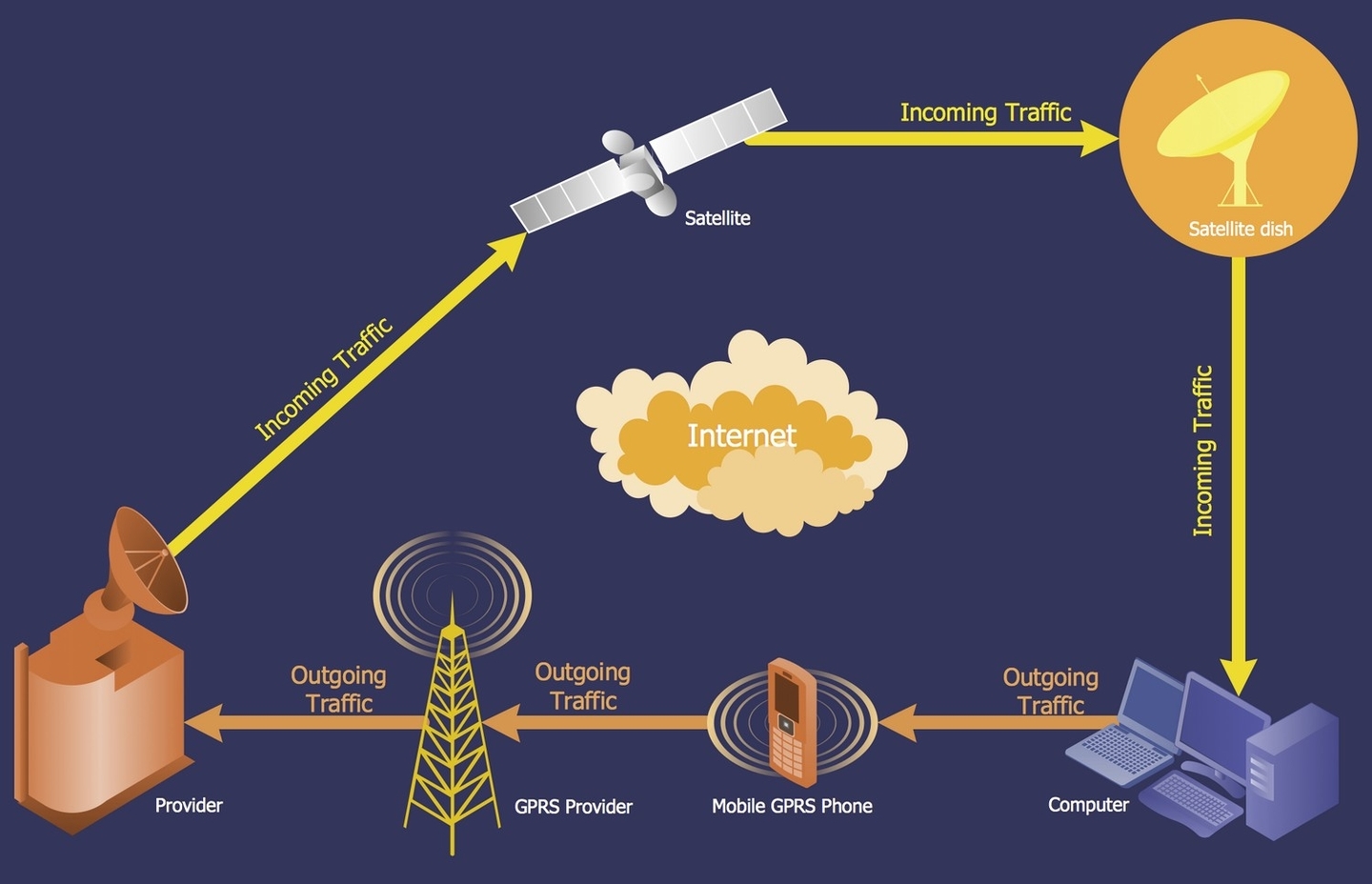
Mobile Satellite Communication Network is a wireless communication network that uses satellites to provide voice and data communication services to users. The network is designed to provide coverage to remote areas where terrestrial mobile networks are not available. The network is used by commercial and enterprise users, military and defense personnel, and individual consumers who frequently travel abroad or operate on land, sea, or air in areas far from terrestrial or cellular coverage.
Mobile satellite communication providers use Geostationary Orbit (GEO), Medium Earth Orbit (MEO) satellites, or Low Earth Orbit (LEO) satellites to relay signals up from a handset or terminal and back down to a ground station where the signal interfaces with the public telephone system or the internet. The satellites are placed in different orbits depending on the type of service they provide. GEO satellites are placed at an altitude of 35,786 km above the equator and are used for fixed satellite services such as television broadcasting, while MEO satellites are placed at an altitude of 2,000 to 36,000 km and are used for navigation and communication services. LEO satellites are placed at an altitude of 160 to 2,000 km and are used for communication services.
Mobile satellite communication services provide two-way voice and data communications to global users who are on the go or in remote locations. Terminals range in size from handheld to laptop-size units. Terminals can also be mounted in a vehicle, with communications maintained while the vehicle is moving. Mobile satellite data devices can provide simple one-way or simplex tracking as well as two-way duplex data and broadband internet communications. Satellite telephones can provide users with the ability to make and receive phone calls and text messages from virtually anywhere.
Mobile satellite providers have the unique ability to offer virtually ubiquitous coverage for mobile voice and data communications, especially for customers who operate in areas far beyond the coverage offered by terrestrial mobile networks. The advantages of mobile satellite services include the ability to operate in remote areas far from terrestrial coverage, the ability to provide services to remote industrial businesses such as forestry, mining, oil and gas companies, and the ability to provide emergency response services when disasters such as hurricanes and earthquakes strike.
In conclusion, Mobile Satellite Communication Network is a wireless communication network that uses satellites to provide voice and data communication services to users. The network is designed to provide coverage to remote areas where terrestrial mobile networks are not available. The network is used by commercial and enterprise users, military and defense personnel, and individual consumers who frequently travel abroad or operate on land, sea, or air in areas far from terrestrial or cellular
